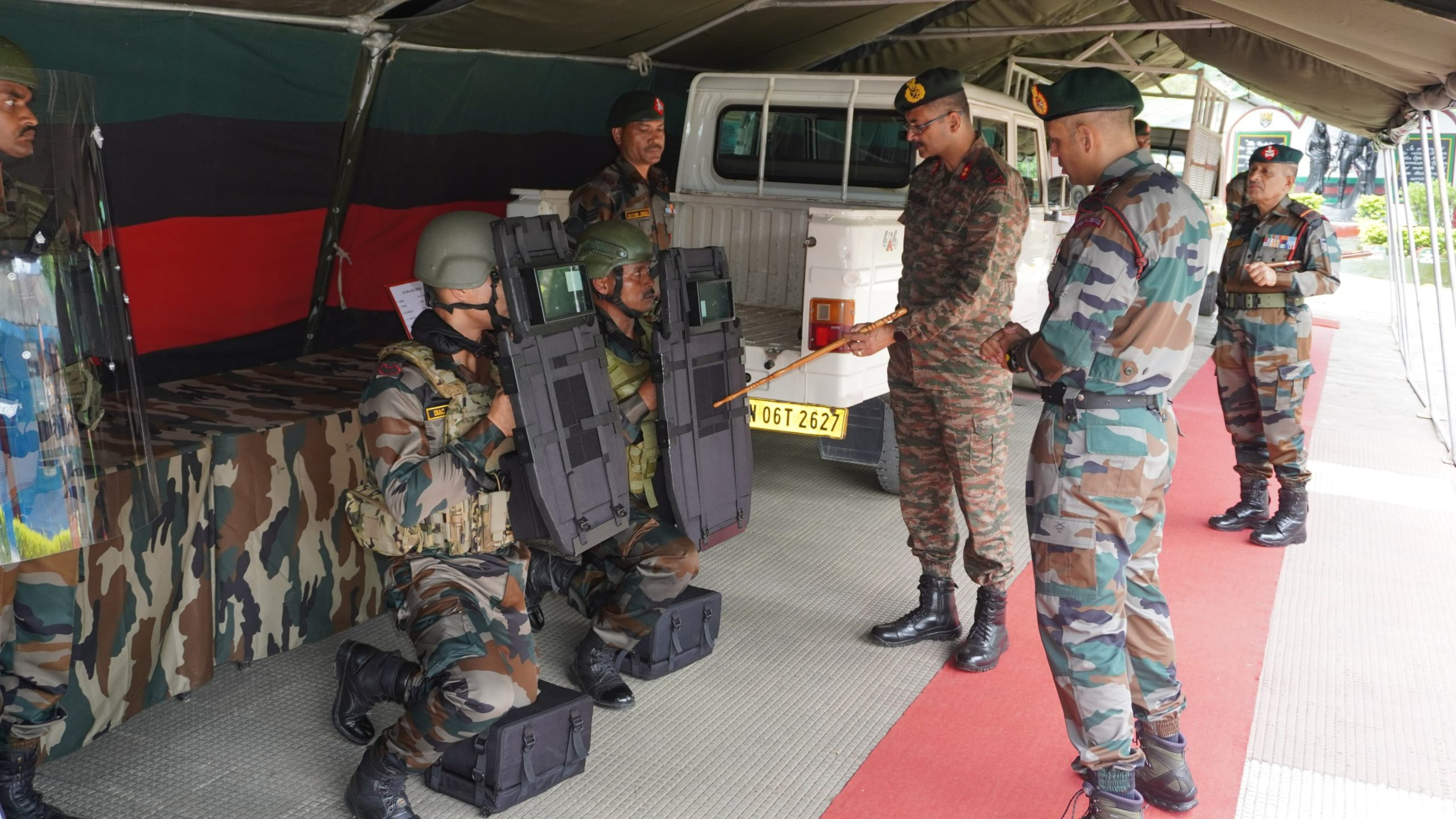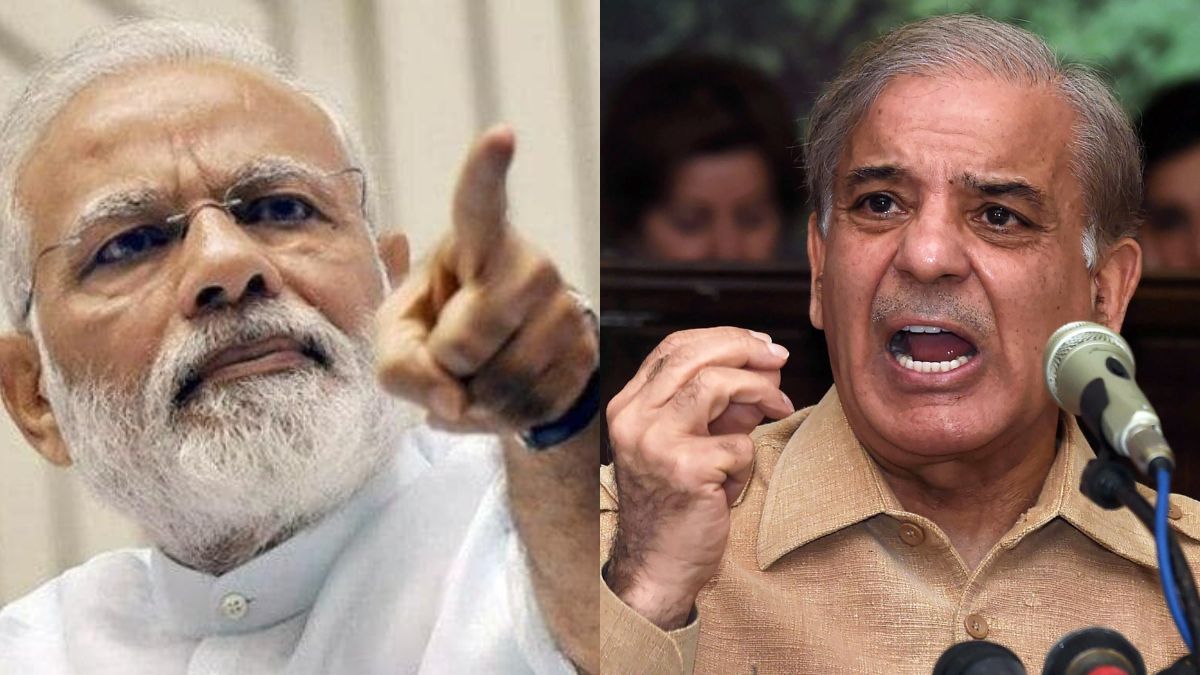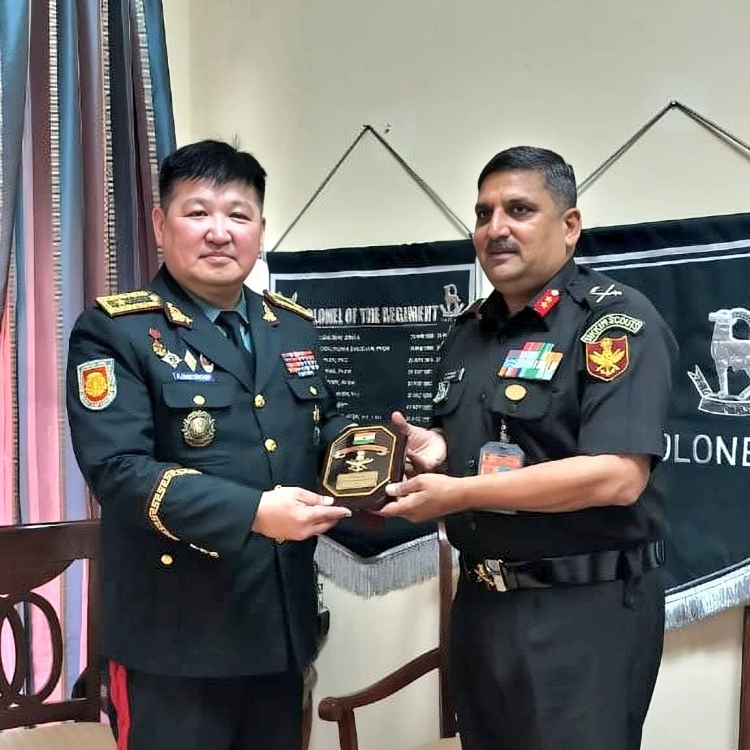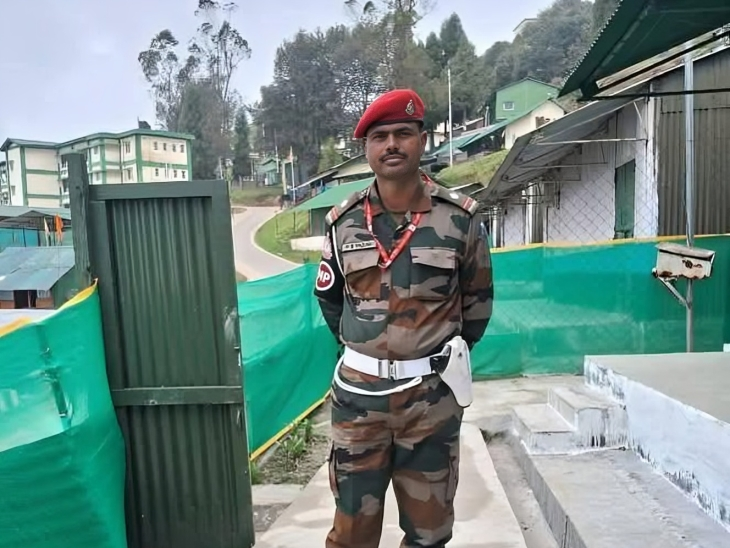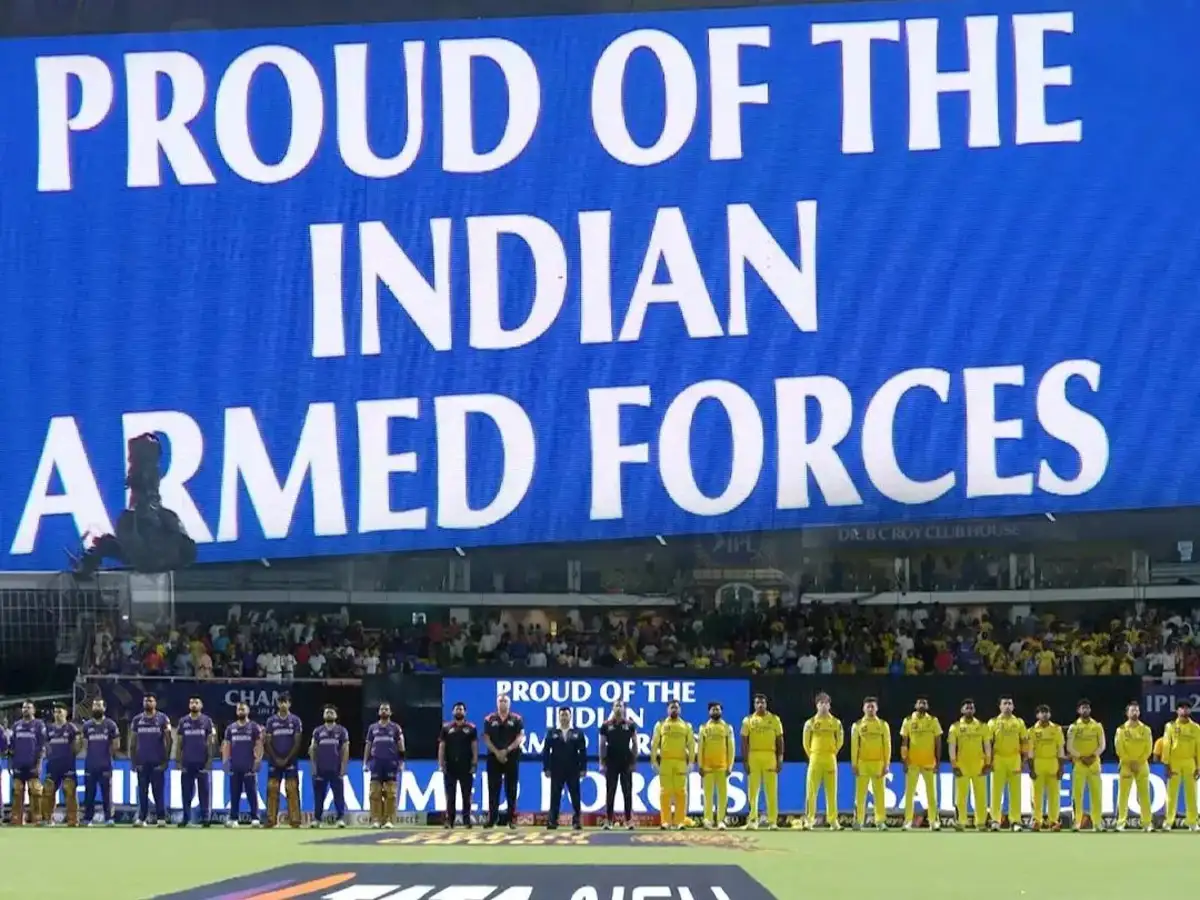Inspector General of Assam Rifles (North) Reviews Operational Preparedness in Arunachal Pradesh
Major General Manish Kumar, Inspector General of Assam Rifles (North), visited a key battalion of the force in Changlang district…
Field Marshal Asim Munir Trolled for Gifting Fake Photo of Operation Bunyan to PM Shehbaz Sharif
Pakistan’s newly appointed Field Marshal Asim Munir has become the subject of online mockery after gifting Prime Minister Shehbaz Sharif…
Pakistan PM Shehbaz Sharif Seeks Talks with India, Says: “We Want to Resolve All Disputes”
In a significant development amidst rising Indo-Pak tensions, Pakistan's Prime Minister Shehbaz Sharif has expressed his government’s willingness to resume…
India and Mongolia Strengthen Defence Ties with High-Level Military Exchange
A high-level delegation from Mongolia’s Command and Staff College, led by Brigadier General Ontsgoibayar Lkhamjii, met with Major General Ajeet…
Naib Subedar PS Yadav from Uttar Pradesh Killed in Landslide
In a tragic incident, Naib Subedar PS Yadav of the Indian Army’s Corps of Military Police lost his life due…
IPL 2025 Closing Ceremony to Honour Indian Armed Forces for Operation Sindoor Victory
The Board of Control for Cricket in India (BCCI) has announced that the Indian Premier League (IPL) 2025 closing ceremony,…

